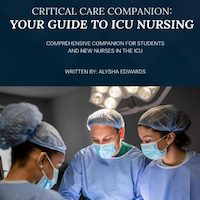Stories Category: Intensive Care

Percutaneous Ultrasound Guided Gastrostomy Tube Placement
Percutaneous ultrasound guided gastrostomy (PUG) is similar in terms of complications to percutaneous gastrostomy tube (PRG) placement and a safe method for gastrostomy tube placement in the critically ill with the added... read more
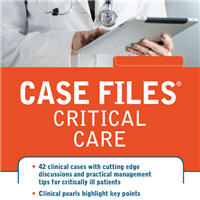
Case Files Critical Care (LANGE Case Files)
Experience with clinical cases is key to mastering the art and science of medicine and ultimately to providing patients with competent clinical care. Case Files: Critical Care provides 42 true-to-life cases that illustrate... read more
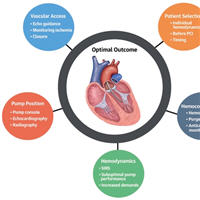
Managing Patients With Short-Term Mechanical Circulatory Support
The use of mechanical circulatory support for patients presenting with cardiogenic shock is rapidly increasing. Currently, there is only limited and conflicting evidence available regarding the role of the Impella (a microaxial,... read more
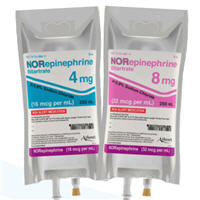
Norepinephrine Dosing Error Associated with Multiple Health System Vulnerabilities
Vasopressors are commonly used in the treatment of shock to support blood pressure, cardiac output, and end-organ perfusion. These agents are associated with risk of serious adverse effects including ischemia (e.g. stroke,... read more

Major Trauma Definition Using Different Revisions of the Abbreviated Injury Scale
Injury Severity Score (ISS) 08 ≥ 11 and ISS 15 ≥ 12 perform similarly to a threshold ISS 98 ≥ 16 for in-hospital mortality and ICU admission. This confirms studies evaluating mapped datasets, and is the... read more
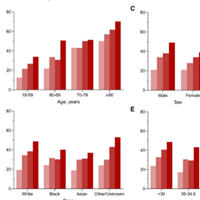
d-dimer and Death in COVID-19 Patients
In this multicenter cohort study of critically ill adults with COVID-19 admitted to ICUs across the United States, higher d-dimer was independently associated with a greater risk of death. The added value of d-dimer in... read more

Variation in Pediatric Palliative Care Allocation Among Critically Ill Children in the United States
Palliative care consultation for critically ill children in the United States is low. Palliative care utilization is increasing but considerable variation exists across institutions, suggesting inequity in palliative care... read more
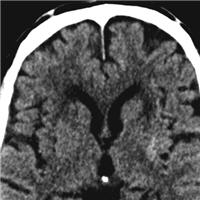
Admission Hemoglobin Levels Are Associated With Functional Outcome in Spontaneous Intracerebral Hemorrhage
Higher hemoglobin levels are associated with better outcome in intracerebral hemorrhage. Further research is needed to evaluate admission hemoglobin levels as both a therapeutic target and predictor of outcome. Our exposure... read more

Safety profile of enhanced thromboprophylaxis strategies for critically ill COVID-19 patients
In a cohort of critically ill patients with a high prevalence of thromboembolic events, ET was associated with reduced ICU mortality without an increased burden of haemorrhagic complications. This study suggests ET strategies... read more
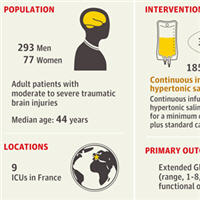
Effect of Continuous Infusion of Hypertonic Saline vs. Standard Care in Patients With TBI
Among patients with moderate to severe traumatic brain injury (TBI), treatment with continuous infusion of 20% hypertonic saline compared with standard care did not result in a significantly better neurological status at... read more

Pharmacological principles guiding prolonged glucocorticoid treatment in ARDS
Current literature addressing the pharmacological principles guiding glucocorticoid (GC) administration in ARDS is scant. This paucity of information may have led to the heterogeneity of treatment protocols and misinterpretation... read more

Economical provision of blood components for critical patient transport across a large geographic area
With appropriate attention to detail, it is possible to provide life-saving blood components to aeromedical transport services across a large geographic area with efficient blood component usage, minimal blood wastage, and... read more
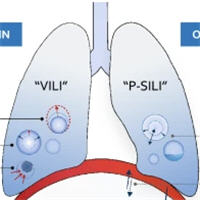
Clinical strategies for implementing lung and diaphragm-protective ventilation
Mechanical ventilation may have adverse effects on both the lung and the diaphragm. Injury to the lung is mediated by excessive mechanical stress and strain, whereas the diaphragm develops atrophy as a consequence of low... read more
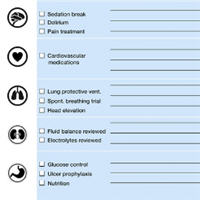
Checklist for Early Recognition and Treatment of Acute Illness and Injury
A quality-improvement intervention with remote simulation training to implement a decision support tool was associated with decreased nonadherence to daily care processes, shorter length of stay, and decreased mortality. The... read more

Sedation, Analgesia, and Paralysis in COVID-19 Patients in the Setting of Drug Shortages
The rapid spread of the severe acute respiratory syndrome coronavirus-2 (SARS-CoV-2) has led to a global pandemic. The 2019 coronavirus disease (COVID-19) presents with a spectrum of symptoms ranging from mild to critical... read more
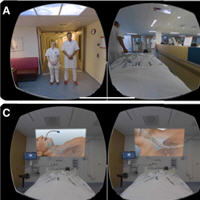
Virtual Reality Tailored to the Needs of Post-ICU Patients
ICU-specific virtual reality appears safe and more immersive than 2D, implicating that ICU-specific virtual reality is feasible for clinical use. One should however be aware of simulator sickness-related symptoms. Future... read more
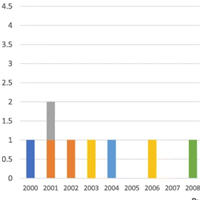
Randomised controlled trials in pre-hospital trauma
This mapping review has highlighted that evidence from trials in prehospital trauma is sparse and where trials have been completed, the reporting is generally poor and study designs sub-optimal. There is a continued need,... read more


